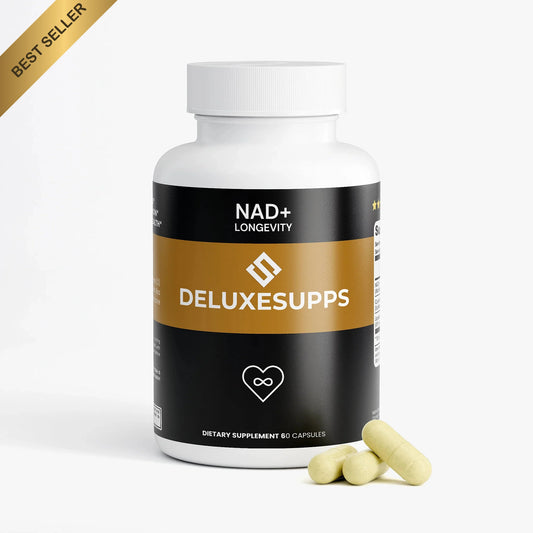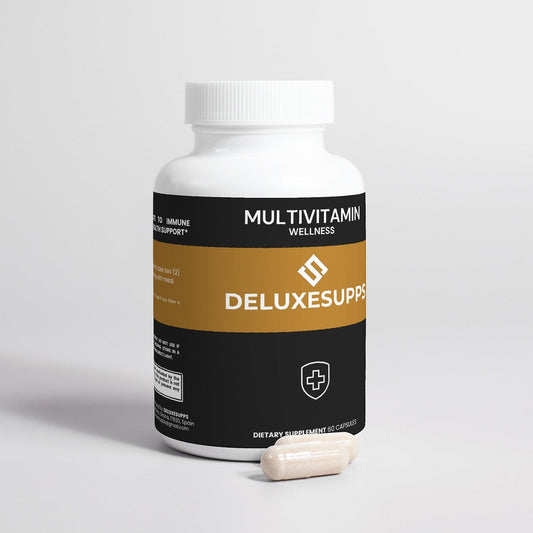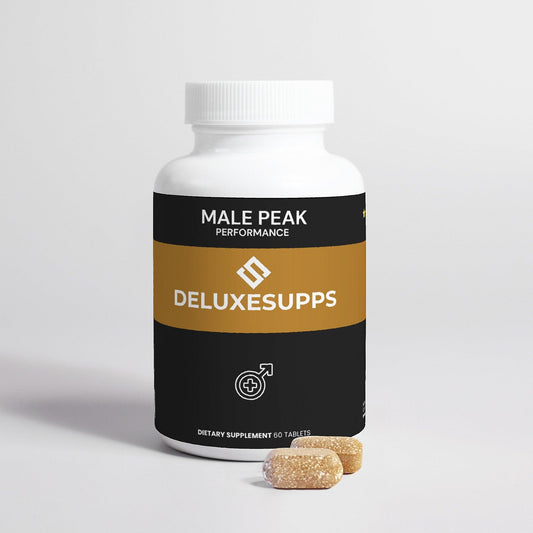Updated on: 2025-11-10
- 1. Lactose-Free Whey Protein Isolate: What It Is and Who It Suits
- 1.1 How Lactose Is Removed from Whey Protein Isolate
- 1.2 Key Label Terms for Lactose-Free Protein Powder
- 2. Common Challenges With Lactose-Free Whey Protein Isolate and Practical Solutions
- 2.1 Taste, Texture, and Mixability Considerations
- 2.2 Serving Size, Scoop Weight, and Transparency
- 2.3 Cross-Contact and Facility Statements
- 3. Comparison: Lactose-Free Whey Isolate vs Other Protein Options
- 3.1 Pros and Cons of Whey Isolate for Lactose Intolerance
- 4. How to Choose the Best Lactose-Free Whey Protein Isolate for Sensitive Stomachs
- 4.1 Checklist for Evaluating Purity and Flavor
- 4.2 When an Unflavored Lactose-Free Whey Protein Isolate 5 lb Tub Makes Sense
- 5. Summary and Recommendations on Whey Protein Isolate Lactose Free
- 6. Questions and Answers on Lactose-Free Whey Protein Isolate
- 6.1 Is whey protein isolate safe for lactose-intolerant individuals?
- 6.2 How is lactose removed from whey protein isolate to make it lactose-free?
- 6.3 Is unflavored lactose-free whey protein isolate suitable for cooking and baking?
- 7. About the Author: Expertise in Lactose-Free Protein Powder
Lactose-Free Whey Protein Isolate: What It Is and Who It Suits
Lactose-free whey protein isolate is a highly refined form of dairy-derived protein that is processed to minimize lactose content. For individuals who monitor lactose intake, this format offers a targeted way to add protein with reduced carbohydrate and sugar content. The main keyword, lactose-free whey protein isolate, appears on many product labels as lactose free whey isolate or whey protein isolate lactose free. These terms reflect a similar goal: a protein powder designed to be easier on a sensitive stomach that is affected by lactose.
Whey isolate begins as liquid whey, a by-product of cheese-making. Through advanced filtration, most of the lactose, fat, and non-protein material is removed, leaving a powder with a high percentage of protein by weight. This makes whey isolate for lactose intolerance a common consideration for shoppers who prefer dairy-based protein but wish to avoid unnecessary lactose.
How Lactose Is Removed from Whey Protein Isolate
Manufacturers commonly rely on microfiltration, ultrafiltration, and ion-exchange techniques to separate protein from lactose and other milk solids. These processes use selective membranes and controlled flow to retain protein while letting smaller molecules, including most lactose, pass through. Some formulas may further reduce residual lactose using enzymes or additional filtration passes. The end result is a whey protein isolate lactose free product that lists very low sugars and carbohydrates on the nutrition panel.
Key Label Terms for Lactose-Free Protein Powder
When assessing a lactose-free protein powder, review these details:
- Protein per serving: Many isolates offer 20–30 grams per scoop, depending on scoop size.
- Total carbohydrates and sugars: Lower totals typically indicate more extensive filtration.
- Statements such as “lactose-free” or “contains trace lactose”: These indicate the degree of reduction.
- Third-party testing or quality seals: These support claims of purity and label accuracy.
- Allergen and facility disclosures: These show if the product is made in a shared facility.
Common Challenges With Lactose-Free Whey Protein Isolate and Practical Solutions
Even with a well-filtered formula, buyers can face practical issues. Below are common challenges and clear ways to address them when selecting lactose-free whey protein isolate.
Taste, Texture, and Mixability Considerations
Challenge: Some isolates taste thin or slightly bitter due to minimal fats and low lactose. Light texture can also lead to foam or clumps if mixed too aggressively.
Solution: Use a shaker bottle with a standard wire whisk or blend on a low setting for short intervals. Mix with cold water or a non-dairy beverage and add ice to reduce foam. For flavored options, look for products using simple flavor systems and minimal sweeteners. For maximum flexibility, consider unflavored variants and add your own cocoa, vanilla, or fruit.
Serving Size, Scoop Weight, and Transparency
Challenge: Scoop sizes vary, and not all labels show grams per scoop clearly.
Solution: Check grams per serving and the protein percentage by weight. Divide protein grams by serving grams to understand concentration. This simple check makes it easier to compare whey protein isolate lactose free formulas across brands.
Cross-Contact and Facility Statements
Challenge: Some facilities process products with other allergens. Sensitive buyers may wish to understand cross-contact practices.
Solution: Review allergen statements carefully and check for dedicated lines or cleaning protocols. If clarity is needed, reach out to the brand’s support team. For store-wide guidance and assistance, you can visit the Contact us page for help with product selection.
Comparison: Lactose-Free Whey Isolate vs Other Protein Options
When choosing between lactose-free whey protein isolate and other protein types, it helps to weigh the trade-offs. Consider the following comparison at a glance.
Pros and Cons of Whey Isolate for Lactose Intolerance
- Pros
- High protein by weight with lower sugars and fats compared with many concentrates.
- Refined filtration reduces lactose, which is useful for those who monitor lactose intake.
- Mixes quickly in water and non-dairy beverages, supporting varied use across recipes.
- Often available in unflavored formats for precise control of taste and ingredients.
- Cons
- Flavor can be lighter and less creamy than concentrates or blends.
- May include sweeteners or flavor systems that some buyers prefer to avoid.
- Premium filtration can make isolates more expensive than other protein formats.
- Facility cross-contact policies vary; careful label reading remains important.
For a broad look at products that may align with these preferences, explore All products and filter by protein type, flavor, and size where available.
How to Choose the Best Lactose-Free Whey Protein Isolate for Sensitive Stomachs
With many options on the market, selecting the best lactose-free whey protein isolate for sensitive stomachs benefits from a structured approach. Focus on transparency, formulation simplicity, and packaging that matches your usage patterns.
Checklist for Evaluating Purity and Flavor
- Protein concentration: Confirm grams of protein per serving and calculate the percentage by weight.
- Carbohydrates and sugars: Lower totals usually indicate greater lactose reduction.
- Ingredient list length: Shorter lists help you control flavor and sweeteners.
- Unflavored versus flavored: Choose unflavored for recipe flexibility; select flavored if you want a ready-to-mix profile.
- Mixability: Look for user guidance on how to shake or blend for best texture.
- Allergen notes: Review manufacturing statements for clarity on cross-contact.
If you prefer ongoing education on ingredients and formulation trends, the store Blog is a helpful place to review updates and guidance.
When an Unflavored Lactose-Free Whey Protein Isolate 5 lb Tub Makes Sense
An unflavored lactose-free whey protein isolate 5 lb tub can be a pragmatic choice when you want control over taste and have established a consistent routine. Bulk packaging can reduce per-serving cost and ensures you have a neutral base for smoothies, oats, pancakes, or savory applications. It also helps avoid flavor fatigue because you can rotate add-ins such as cocoa, cinnamon, or fruit without buying multiple flavored tubs.
Buyers who value minimal formulas often select an unflavored option to avoid added sweeteners. This approach aligns with a goal of maintaining a lactose-free protein powder that is plain, versatile, and easy to adjust to different recipes across the week.
Summary and Recommendations on Whey Protein Isolate Lactose Free
Lactose-free whey protein isolate is a filtration-driven approach to dairy protein that suits individuals who want high protein with minimal lactose, fats, and sugars. By reading labels closely, checking protein percentage by weight, and confirming allergen practices, you can select a formula that aligns with your needs. If you want a neutral base, consider unflavored variants and mix with your preferred flavors to fine-tune taste and texture.
For shoppers building a shortlist, the following guidance helps streamline selection:
- Use concentration and carbohydrate totals to gauge lactose reduction.
- Choose unflavored if you want recipe flexibility; choose flavored if you prefer convenience.
- Verify allergen and facility statements for clarity.
- Consider bulk packaging when you have a stable routine and want lower cost per serving.
If you need assistance locating options that match these criteria, visit Deluxesupps for store navigation and product discovery resources tailored to your preferences.
Questions and Answers on Lactose-Free Whey Protein Isolate
Is whey protein isolate safe for lactose-intolerant individuals?
Whey protein isolate is processed to reduce lactose, and many formulas are labeled lactose free. Individuals vary in tolerance, so it is practical to review the nutrition panel for sugars and total carbohydrates and to start with a small serving. For personal considerations, consult a qualified professional.
How is lactose removed from whey protein isolate to make it lactose-free?
Filtration methods such as microfiltration and ultrafiltration separate protein from lactose and other small molecules. Ion-exchange techniques may also be used to refine the protein fraction. Some brands apply additional steps to further lower residual lactose, allowing the finished powder to be labeled whey protein isolate lactose free.
Is unflavored lactose-free whey protein isolate suitable for cooking and baking?
Unflavored isolates are commonly used in pancakes, oats, and smoothies because they do not introduce added sweetness or flavor. To preserve texture, mix into batters gently and avoid excessive heat exposure, which can affect mouthfeel. Adjust liquids to maintain the consistency you prefer.
About the Author: Expertise in Lactose-Free Protein Powder
Deluxesupps Deluxesupps
Deluxesupps Deluxesupps is a nutrition retail expert focused on protein powders, filtration methods, and label transparency. The team helps readers understand formulation details and practical buying criteria for lactose-free options. For store support or product guidance, feel free to reach out via the Contact us page.
The content in this blog post is intended for general information purposes only. It should not be considered as professional, medical, or legal advice. For specific guidance related to your situation, please consult a qualified professional. The store does not assume responsibility for any decisions made based on this information.












